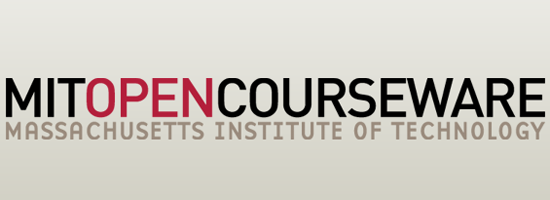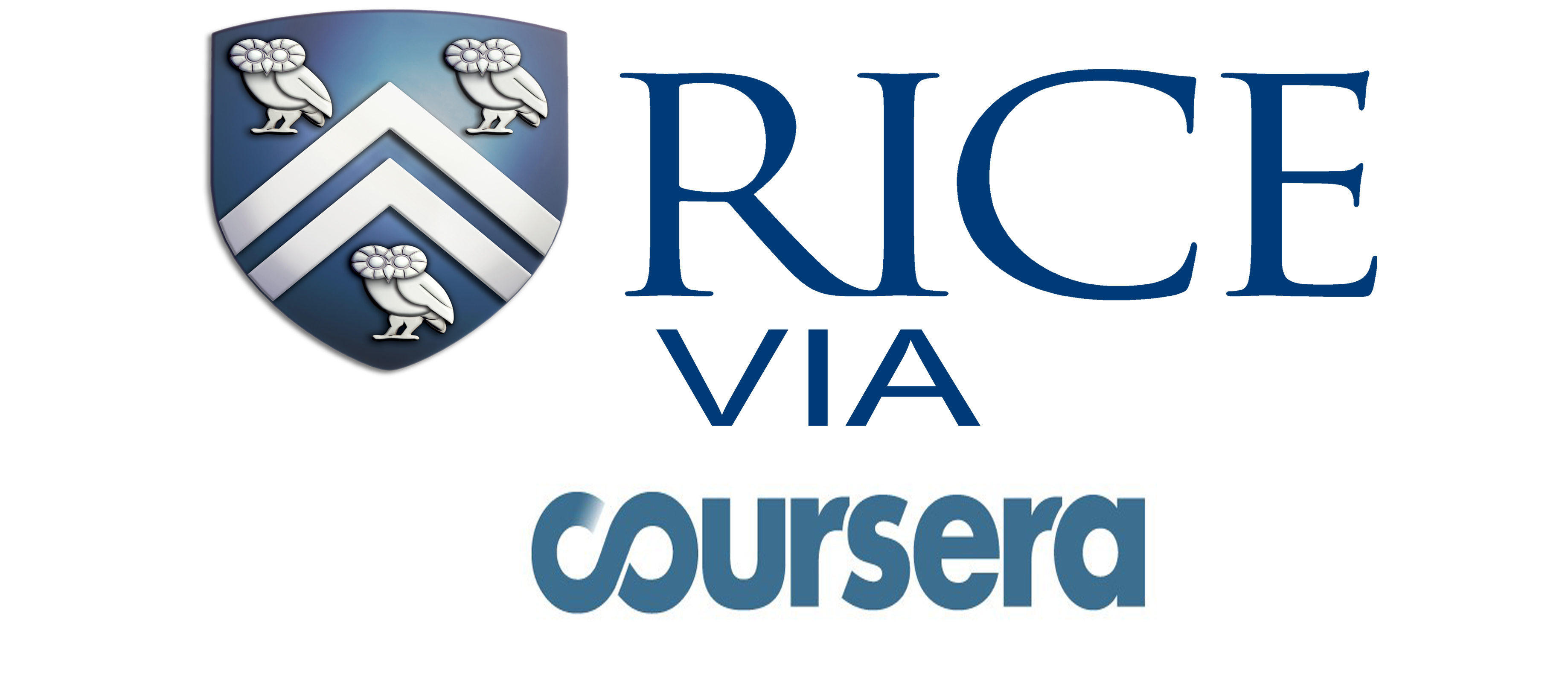
Computer science is a field with definite staying power. After all, computers are a daily part of our lives. They’re in the cars we drive, the phones we hold, and they may even be in the televisions that we watch. Computers are everywhere, and for the people who work on them, there’s plenty of work to be done.
However, computers are complicated machines. Several different skills and abilities are needed to make computers work optimally, from coding to distributed systems. To be able to create the processes that make them run requires knowledge and skill that comes from education and training. If you are planning to start a new career in the field of distributed systems, or even if you want to switch to that specialization from a different area of computer science, chances are your current job makes getting that education and training difficult.
As a solution to that problem, more and more options for online learning are available in the area of distributed systems. So many, in fact, that the choice can be overwhelming. But not to worry. We’ve done the legwork for you and compiled a list of three great online courses that will help you learn about distributed systems. Read on to find the one that’s right for you.
How We Rated Each Course
As we have already stated, there are a lot of options for online learning. In order to steer you toward the best classes available, we’ve graded each course against the following rubric.
Reputation. There are a wide range of massive open online courses, or MOOCs, available for just about any subject you would want to learn about. However, not all of them come with good reviews. Sometimes the course material itself is found to be lacking. Sometimes the instructor’s lack of presentation skills or involvement brings a poor review. Either way, MOOCs like these didn’t make the list. We’ve taken care to find courses that have good reviews and are produced by institutions that have a respected reputation in the world of academia.
We’ve also found courses that are offered by colleges and universities that have a high standing in the area of computer science. These courses may offer credit toward a larger degree or a certificate that will build up your resume.
Length. When considering the amount of time any given course would take to complete, we also considered how much material was covered throughout the course. Therefore, ratings for this factor are on a varying scale. If a course takes longer to complete but covers a good amount of material, it wouldn’t necessarily earn a lower score than a shorter course that covered less material.
Cost. There are many options on our list that are free of charge that also come from institutions with strong reputations. But if a paid class comes with a certificate, CEUs or credit toward a larger degree, the fact that the course costs money did not mean it garnered a lower score in this section.
Relevancy. The field of computer science is wide, as are the online courses available to study different aspects of computer science. We’ve made sure to pick classes that specifically cover the topic of distributed systems or at least have components that discuss distributed systems.
What Are Distributed Systems?
In short, a distributed system of computers is a group of computers that are connected together in a network. Communication between the computers is managed through passing messages back and forth.
A distributed system has several uses. One possible use is for each computer within the system to work on one part of a larger problem, thereby speeding up the computation time. This effectively makes all the computers into one unit. Another possible use for a distributed system is when each computer within the network works independently, but resources are shared between them or communication is possible between them because of their connection.
A course in distributed systems should give you a more in depth concept of what they are, methods of building them, and ways to troubleshoot problems should they arise.
Top Three Courses in Distributed Systems
This specialization includes six courses: Parts one and two of Cloud Computing Concepts, Parts one and two of Cloud Computing Applications, Cloud Networking, and a final capstone class, Cloud Computing Project. You will need a basic understanding of computers and computer systems to be successful with these courses, and you’ll also need to be familiar with programming languages such as Java, C, and C++. This course will teach you through the use of hands-on projects and case studies, and you’ll have the opportunity to talk to experts in the cloud industry about the industry’s current practices and look at research that might give a clue into the future of cloud computing.
This course is offered on Coursera, a platform that hosts MOOC classes. The content for this course comes from the University of Illinois at Urbana-Champaign. This university is highly rated and is known for the wide range of programs it offers. On its own, this specialization doesn’t count for credit, but there is an option to add a for-credit component to each course in the specialization directly through the University of Illinois.
The average amount of time it takes students to complete the entire specialization is four to five months. The first five courses in the specialization last four or five weeks, and the capstone course lasts 6 weeks. Each course is offered starting on a specific date, so that somewhat restricts your timeframe as to when you can complete the courses. It is recommended that you follow the prescribed order of classes, so if you miss one, you might have to wait until it is offered again.
Coursera charges users $49 a month to gain access to this specialization. It includes discussion forums, assignments, lectures, and a certificate upon completion. After a course starts, it’s up to you to decide how fast to work, so the course could cost more or less depending on how quickly you can work through it.
This specialization is entirely about a cloud computing, which is a derivation of distributed systems computing. The underlying concept of each science is the same. As a natural product of distributed systems computing, it will be a beneficial course of study.
Rating
This course covers a wide range of topics related to building software systems, such as memory and cache hierarchy optimization, analyzing the performance of a software system, techniques of creating algorithms, and parallel programming. It uses a project-based approach to encourage a hands-on method of learning. If you complete the entire course, you’ll learn how to build high-performance and scalable software systems.
The Massachusetts Institute for Technology, or MIT, is the top rated school in the nation for computer engineering degrees. Any coursework taken through MIT is going to add an impressive line to your resume, especially if its in the field of computer science. These courses, however, will not transfer to a degree at MIT.
The course is self-paced, though there is a recommended schedule of two lectures per week. With a total of 22 lectures, the recommended pace would make the course take 11 weeks. It includes several projects to be completed along with the lectures. Depending on your ability to complete the lectures and projects, it could take you more or less time to complete the course. You also have access to a mentor who is a professional in the computer industry who will review your projects and help you through the coursework. Their availability and your level of interaction with them may make the course last longer.
The course is completely free, as is all MIT OpenCourseWare. The course includes lecture slide presentations, project guides, and study materials. Even access to an industry mentor is a free service that is offered to the student. However, if you don’t have the equipment or software needed to complete the projects, those items would have to be purchased out of your own pocket.
The entire course covers a lot more than just distributed systems, but there is one lecture that is specifically devoted to the topic. If you have no interest in the rest of the course, you can complete just this section and any applicable projects and quizzes.
Rating
Whether you’re a student or already a professional in the field of computer science, this course will be accessible to your skill level. It teaches the basic tenets of programming for distributed systems using Java 8. The course includes hand-on experience by way of a mini-project for each of the four modules. Students will also be able to interact with the instructor and mentors on a one-on-one basis should they have questions about the course. You will need to be familiar with sequential programming in Java, as well as have access to a computer with a recent version of Java 8. Additionally, this course is also part of a three-course specialization, with the other two related courses being in parallel and concurrent programming in Java.
Ranking in the top 20 universities in the nation, Rice University is a well-respected school. Taking a course produced by this school will certainly improve your credentials. And if you take the entire specialization with the other two related courses, your resume will look all the better.
The course lasts for four weeks, and each week you should expect to spend four to eight hours working on the course material, depending on your proficiency with programming.
You can audit the course for free, but that only gives you limited access to course materials. If you pay for the course, you’ll get graded assignments in addition to the course material and a certificate upon completion. You can sign up for a free seven-day trial, and then the course is around $50 month after that.
Rating
How to Pick the Course That’s Best for You
Each of the courses we’ve listed are good choices if you want to learn about distributed systems. But each course has different options that may work better or worse for you.
To pick the course that’s best for you, first consider your schedule. If you need to a course that’s available when you are, no matter what day or time it is, pick a class that is self-paced or otherwise flexible. If you need to learn in a hurry, pick a course that has a shorter timeframe, or a single lecture that specifically covers distributed systems, like the MIT OpenCourseWare, so you can focus on the one video rather than having to watch several that have content that you may not necessarily need to know about.
Next, consider your budget. If you have limited funds for extra education, a MOOC is a good option. These kinds of courses are often available for free, or for a very low cost. Sometimes a fee is only involved if you want a certificate of completion. If you have some money to spend on a course, then you can pick any option from our list.
Finally, consider your professional goals. If you want to add a quality line of accommodation to your resume, pick a course that is offered by an academic institution that has a strong reputation and that comes with a certificate. If you really want to build up the education section of your resume, choose a course that can be applied toward a larger degree and go on to complete it, such as the Coursera course from the University of Illinois.
Whether you just need to quickly learn some information about distributed systems for the job you already have in the computer science industry or you want to get quality qualification to land a new job, any one of the courses we’ve found will be a great option for meeting your professional goals.



 Follow
Follow
Leave a Reply